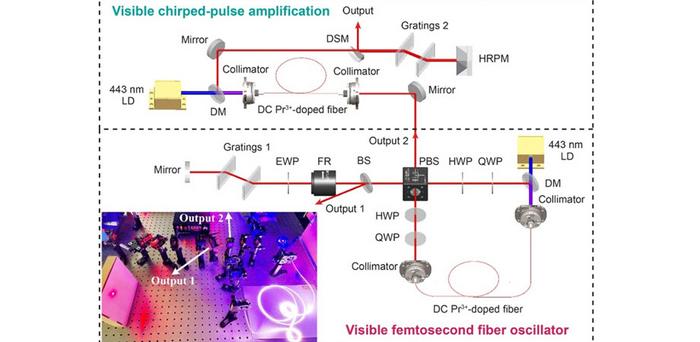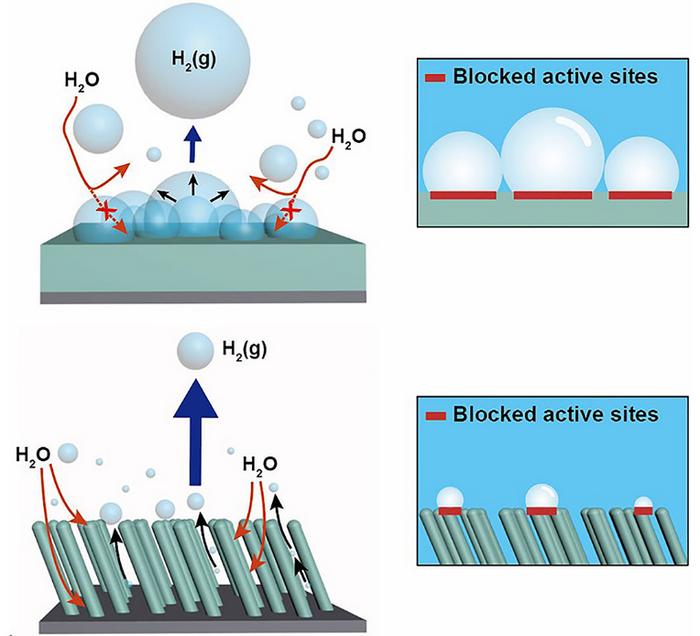Aston University photonics research to help improve efficiency of wind turbines
An Aston University photonics expert is aiming to make the production of wind power cheaper. Associate professor Dr Sergey Sergeyev has received a grant of almost £100,000 from the Royal Academy of Engineering to find a cost-effective method of monitoring the condition of wind turbine blades. By 2030 wind energy is expected to provide 30% of Europe’s […]

An Aston University photonics expert is aiming to make the production of wind power cheaper.
Associate professor Dr Sergey Sergeyev has received a grant of almost £100,000 from the Royal Academy of Engineering to find a cost-effective method of monitoring the condition of wind turbine blades.
By 2030 wind energy is expected to provide 30% of Europe’s power. The huge turbines operate in harsh environments, which increases their maintenance costs, with almost a third of a wind farm’s total cost being spent on maintenance.

Credit: Aston University
- Huge turbines operate in harsh environments, increasing maintenance costs
- University received grant of £100k from the Royal Academy of Engineering
- Research aims to find cost effective method of monitoring the condition of the blades.
An Aston University photonics expert is aiming to make the production of wind power cheaper.
Associate professor Dr Sergey Sergeyev has received a grant of almost £100,000 from the Royal Academy of Engineering to find a cost-effective method of monitoring the condition of wind turbine blades.
By 2030 wind energy is expected to provide 30% of Europe’s power. The huge turbines operate in harsh environments, which increases their maintenance costs, with almost a third of a wind farm’s total cost being spent on maintenance.
In his research, Dr Sergeyev is to explore methods of monitoring wind turbine blades’ shape to check their working condition.
Currently there isn’t a technique of revealing how existing damage to a blade started and progressed, which makes it difficult to work out how the damage was caused and its severity.
Dr Sergeyev will be working with sensor technology company Insensys. He will develop a technique based on analysing the fundamental property of light, polarisation, and combines fibre optics, laser physics, nonlinear science and signal processing disciplines.
Dr Sergeyev is based at Aston Institute of Photonic Technologies (AIPT) within the University’s College of Physical Sciences and Engineering, and is experienced in polarisation phenomena, fibre optic sensors, and laser physics.
His research will be cost-effective as it will involve exploring testbeds based on simple specimens of materials similar to actual blades.
He said: “I’m delighted to have received this grant to explore methods for improving the efficiency of such an important source of green energy.
“The condition monitoring of wind turbine blades includes damage detection, localisation, classification and evaluation.
“My project is primarily based on fibre optic sensors – called fibre Bragg grating sensors – which have high sensitivity to distortions, such as stretch, twist and bend, which change the shape of the composite material.
“To explore such property we will advance our recently developed polarimetric technique to detect the structural defects.”
The Royal Academy of Engineering granted the award as an industrial fellowship and the research is expected to last two years.
AIPT is one of the largest photonics research centres in the UK, with a current portfolio of 65 research and industrial projects amounting to £30million and offers a variety of postgraduate courses.
What's Your Reaction?

































